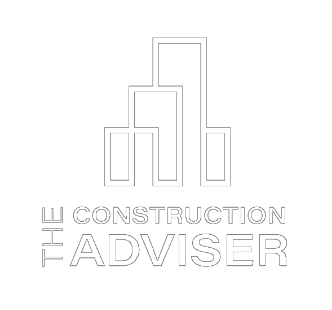
Australia is witnessing a game-changing addition to its insurance landscape with the introduction of ten-year (decennial) liability insurance. This innovative insurance product empowers owners’ corporations to rectify serious defects up to a decade after an apartment building is initially occupied. The New South Wales (NSW) Government is actively collaborating with the insurance and construction sectors to foster a competitive and affordable decennial liability insurance market. While there's already one provider Resilience Insurance in the market, efforts are underway to welcome new entrants.
One significant step is the proposal to mandate decennial liability insurance as an alternative to the Strata Building Bond and Inspections Scheme (SBBIS) after a transitional phase. Developers have the option to seek approval from the Secretary of the NSW Department of Customer Service to opt for decennial liability insurance instead of paying the SBBIS. This transformative approach ensures comprehensive consumer protection for building defects, offering a safety net for residents and owners of residential apartment buildings. The insurance covers defects stemming from substandard design and construction work, guaranteeing swift remediation in case the builder or developer fails to address them, including situations of insolvency.
A key recommendation from the advisory panel suggests that developers or builders must initially address and remedy building defects, with the insurer stepping in if the primary remediation attempts are unsuccessful. Notably, this scheme prioritises efficient defect resolution and consumer protection.
The proposed model entails the introduction of mandatory decennial liability insurance, replacing the Strata Building Bond, covering the full construction cost value for serious defects in common building elements. Additionally, it adopts a no-fault liability approach for claims by building owners. The policy is to be secured between DA approval and the issuance of the first construction certificate, with payment upon the issuance of the first occupation certificate. This approach ensures that necessary amendments are made to legislation to protect the insurer's rights to recover costs from at-fault parties, preventing losses due to time constraints.
During the transitional period, developers opting for eligible decennial liability insurance policies are exempt from the strata building bond scheme and Home Building Compensation scheme. Furthermore, the model allows for the commencement of the mandatory obligation to hold decennial liability insurance to be deferred in case the market maturity is insufficient. An evaluation matrix will determine this at the beginning of the transition period. The NSW Government aims to establish an industry consultative group to facilitate legislative changes, inform industry stakeholders and the community about the DLI rollout in New South Wales.
Alternatively, Option 2 offers voluntary DLI and supports the development of a viable market for decennial liability insurance by enhancing the existing strata building bond scheme. Increasing the bond percentage from 2% to 5% and extending the bond duration from two to six years ensures a higher level of protection for residential apartment building owners. Developers securing DLI for all building elements under this option can forego a strata building bond or Home Building Compensation scheme coverage.
Decennial liability insurance is poised to revolutionise the way Australia handles apartment building defects, offering consumers a safety net for up to a decade. As proposals undergo extensive consultation, the government and industry aim to pave the way for a robust, efficient, and competitive DLI market that empowers both property owners and the construction sector. Stay tuned for more updates on this transformative insurance product in the near future.
If you're having problems with defects in your building, please visit www.tcadviser.com.au and send an email to info@tcadviser.com.au
read more articles

